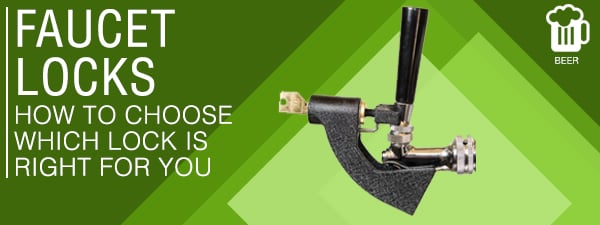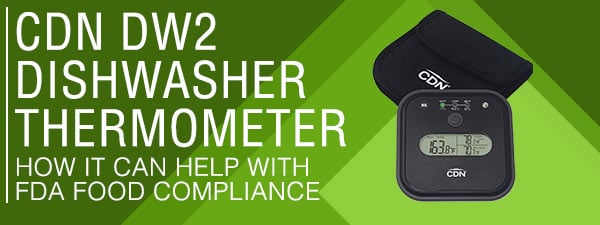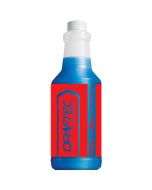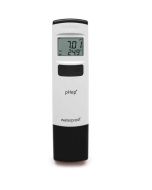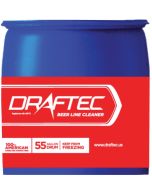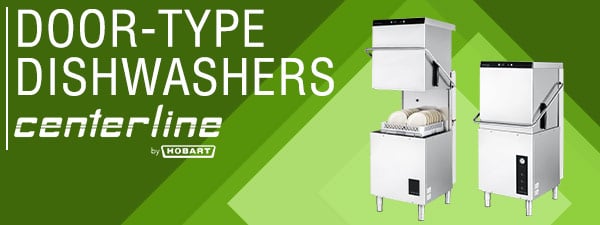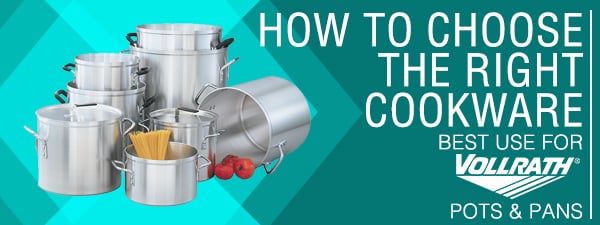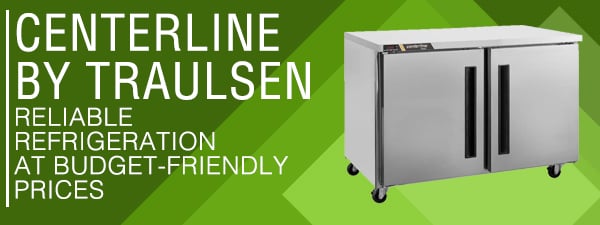How To Re-Open Your Draft Beer System After an Extended Shutdown
- May 12, 2020
- 0 Comments

If your beer system has been shut down due to COVID-19, it’s important to complete certain cleaning and operational procedures before serving any beer to customers. These procedures (provided by the Brewers Association) will help ensure your draft beer system is working as efficiently as possible and will remove contaminants that could negatively affect the taste of your beer.
-
If you have advanced reopening notice, schedule a deep cleaning of your system for within 2 weeks of the reopening date.
-
Do a thorough analysis of your beer inventory. Familiarize yourself with the freshness dates of each brew you carry. Ensure that your beer has been stored cold and properly rotated.
-
Chemically clean the system with a line cleaner. Because of the extended shutdown, it’s highly recommended to have lines cleaned using a 3% caustic solution. Following the caustic cleaning, lines should be thoroughly rinsed with water. Once this step has been completed, lines should be cleaned using an acid solution, then again rinsed with water. Use a pH tester to verify that chemicals have been completely flushed out.
The pH of caustic cleaner should be 10-13.5; the pH of acid cleaner should be 2-4. When a system is completely rinsed, the pH of the rinse water should be equal to that of local tap water.
-
Each faucet should be disassembled and detailed. Replace any faucet washers that appear to be damaged or missing.
-
Visually inspect couplers for cleanliness and ensure that all gaskets are present and intact. Replace if needed. Clean all drip trays, bar mats, and glass rinsers.
-
Clean and sanitize all glassware.
-
Tap all kegs that are being served.
-
Turn gas back on and check all regulators to ensure that the applied pressure setting is correct.
-
Run beer through each line or FOB (confirm the FOB is in dispense mode).
-
If you have a glycol system: If the glycol power pack temperature was raised during the shutdown, re-adjust temperature to the original operating setting. The standard recommended operating temperature is 28-30°F, but follow equipment manufacturer’s recommendations.
-
Evaluate each beer to ensure quality service. Have each beer sampled to ensure optimal appearance, aroma, flavor, and carbonation. If there are quality problems with the beer, contact the distributor and/or supplier for the best solution.
SAFETY NOTES
-
Breathing high concentrations of CO2 can be deadly! Take care to prevent CO2 buildup in enclosed spaces such as cold boxes. System leaks or beer pumps using CO2 can cause this gas to accumulate in the cooler. To prevent this, beer pumps driven by CO2 must be vented to the atmosphere. CO2 warning alarms are available and recommended for installations with enclosed areas, such as walk-in coolers that contain CO2 fittings and gas lines.
-
Personal protective equipment should always be worn while working or handling hazardous materials.



